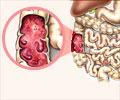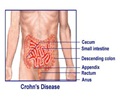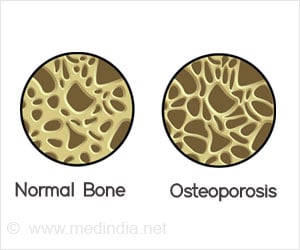The human bowel is lined with millions of projections called villi which increase the surface area of the intestine to allow for the efficient absorption of nutrients.
The human bowel is lined with millions of projections called villi which increase the surface area of the intestine to allow for the efficient absorption of nutrients. The villi are covered in epithelial cells which are constantly renewed – around a thousand billion cells are shed from the top of the villi every day.
Scientists found that this renewal process leaves 'gaps' in the lining of the bowel which, in healthy tissue, are immediately filled with a glue-like substance that plugs the gaps. This is in contrast to the previous assumption that the lining of the intestine was a continuous sheet of cells. The existence of gaps has been discovered for the first time and around 3% of the bowel's surface area is covered in this substance. It was previously assumed that the It is believed that gaps in the intestinal barrier could be a cause of inflammatory diseases of the gut such as Crohn's Disease, which could have important implications for the treatment. Crohn’s disease is an inflammatory bowel disorder that causes severe ulceration in the intestine, leading to pain, bleeding and diarrhoea.It is suspected that patients with inflammatory disease may not have the same ability to plug the gaps left by the cell renewal process – meaning that bacteria can seep through the lining of the intestine. The research may also explain the development of colon cancer as a result of failure in the renewal process of epithelial cells.
Understanding this cell shedding process may lead to new treatments for inflammatory bowel disease and perhaps even colon cancer in future.







